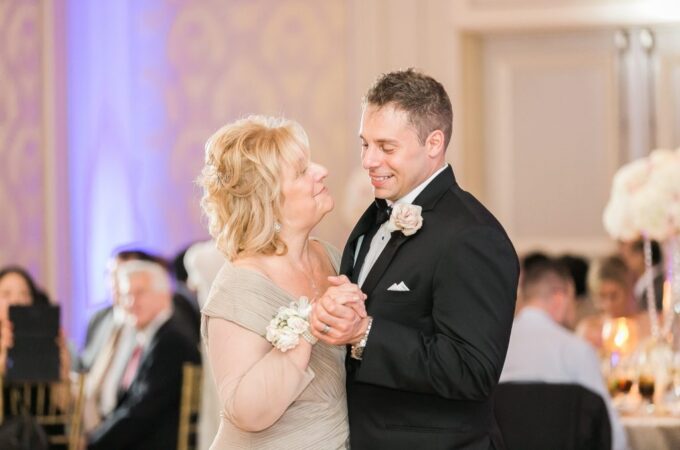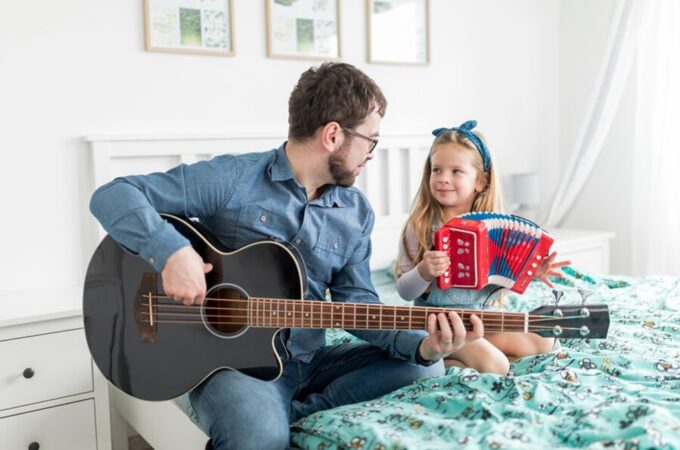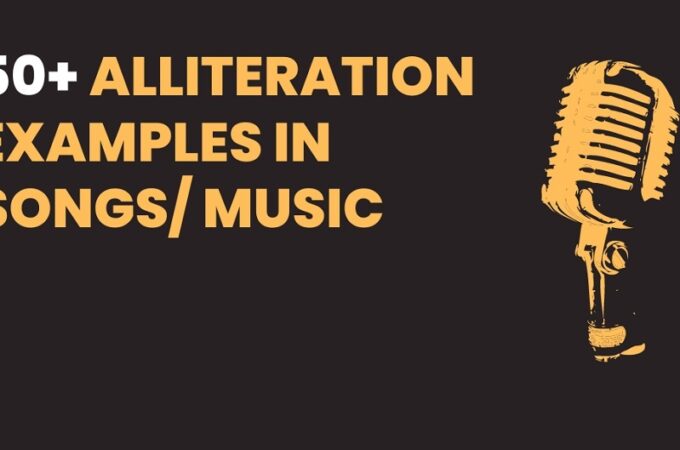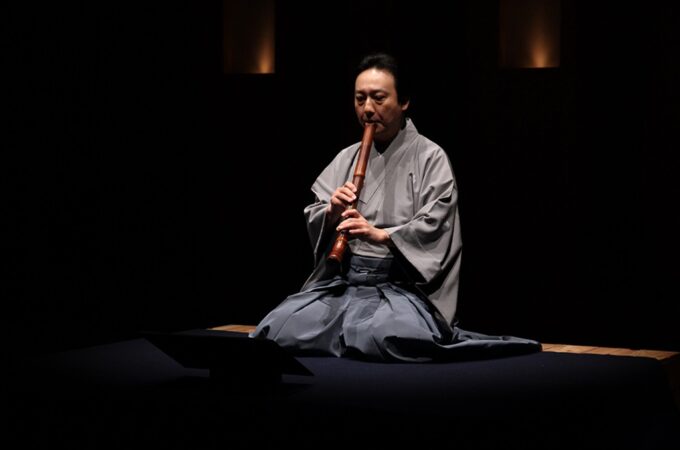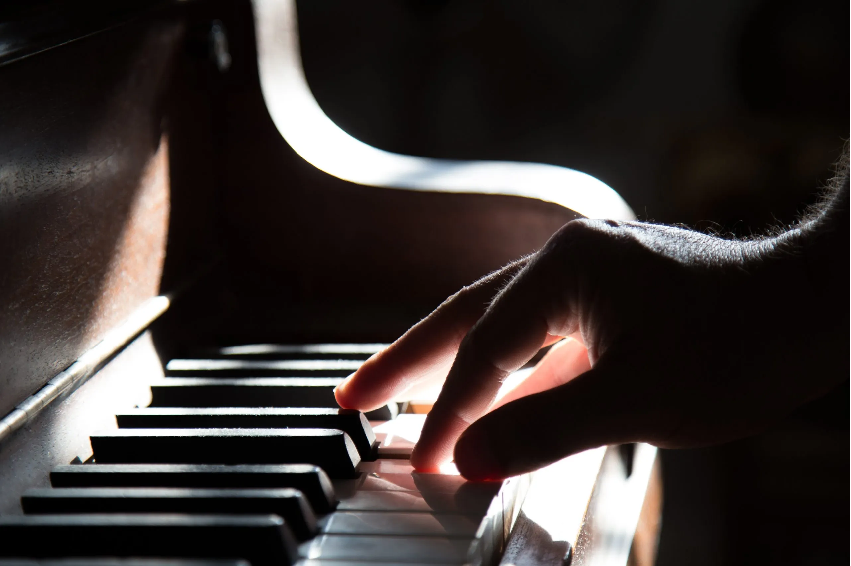
Six keys to keep in mind when studying piano
Studying piano, whatever the age at which one begins, is an enriching experience. But like any other activity, it has a learning process that can become complex as one progresses. Fortunately, to deal with this, apart from really loving playing the piano, there are certain keys that will allow you to have smooth progress without having to be a musical prodigy. These will make your learning much more orderly and entertaining.
Table of Contents
ToggleThe 6 Keys to study piano
Relaxation And Subtlety
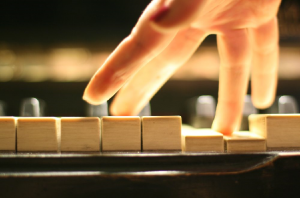
Many beginners, and dare we say students with some experience under their arms, make the mistake of putting a lot of force when playing the keys, this being unnecessary. For the piano to sound good, you only need two elements: the movement of your fingers and the weight of your forearm. Nothing more and nothing less. Remember this and your playing will improve tremendously.
But how to manage to play the keys lightly?
How to master the technique of the perfect touch for each key? We will explain it below so that you can integrate these practices into your piano sessions. Just remember that getting to this point of knowing how much force to apply to make the piano sound takes a lot of practice and sacrifice. Many consider this expression of fine art something difficult to master and that only some manage to do it almost perfectly. But we are more than sure that by following these tips, you will become part of that privileged group.
Relax your shoulders and upper arm
An easy tip to assimilate. Many piano students make the very serious mistake of putting too much stress on their shoulders and upper arms, which results in excess force when pressing the keys.
The fingertips
One piece of advice that many piano teachers give is to learn to play with your fingertips instead of the tips. Playing like this gives the sound more “body”, in other words, a much better result.
Always remember to follow the instructions and recommendations of your teacher. Now yes, let’s continue with key number 2.
Achieve Order
Order is vital in any activity, and this includes learning to play the piano. What you need to do to get the most out of your learning sessions is to set goals for yourself. In each day-to-day practice, you must define goals to meet, be it for example learning to use your fingertips more instead of the tips.
This is more of a tip if you want to practice at home. A daily plan of goals will help you focus more, and in case you were a beginner it is best to seek help from your teacher so that he can write a home study plan for you.
With a plan of goals in your daily practice, you can target certain specific problems, and your teacher can be of great help in setting these goals. The point of having a plan like this is to make your effort worthwhile: attack specific problems to improve your learning.
Theory
This is perhaps the least exciting and most tedious part of learning to play the piano — but it is necessary. You don’t need to cram yourself with hours of music theory study to get good results, just spend 20-30 minutes a day to see a big improvement in the way you play the piano. Many often attribute this good habit as the reason for the progress of their career as pianists, one of them is the pianist David Nevue, who affirms that if it were not for having dedicated time to study music theory, he would never have become the kind of pianist he is today.
Tips for studying piano music theory
It is worth emphasizing again the importance of learning music theory because it will give you supreme handling of music. By understanding the theory you will be able to apply it to your playing style, and you will even be able to improvise easily later on.
The best thing, as always, is to start from scratch. It is crucial to understand the staff, which is where the music is “created” so to speak. After that, take some time to understand the concept behind musical keys. These are the first steps, and the best thing is to really commit to learning them properly because they are the basis for increasingly complex concepts, among which we have:
- bars
- ime
- syncopation
The world of music theory is as wide as the possibilities it entails. Even many professional musicians with years of experience still do not master music theory as it should be, but even the smallest instruction within it brings great benefits.
Now you have another important key that will help you study the piano in a better and different way. There are many online courses available to you, so getting started requires just a little motivation and self-effort — start today!
Listen
If you really want to excel in this area, you have to fully immerse yourself in this world, and the best way to do that is to listen to piano music every day and anytime — you have to live the music.
If you follow the advice to study music theory, once you feel that you have reached an acceptable level, you can try the following that will help you to be a better pianist:
- Choose a slow piano song. Ex: Chopin Nocturne in B flat minor, Op. 9, No. 2.
- Sit down to play the piano and put a CD or music player next to you to play the chosen song.
- Try to find out what notes are being played using only your ear.
The process is simple and short but the results are gigantic. This will help you develop a better ear, which will greatly improve your musical ability. Over time, if you dedicate yourself to practicing this on a regular basis, you will not only be able to recognize notes but also intervals, chord patterns, etc.
Heat
As with the guitar, warming up before playing the piano is important. Believe it or not, not warming up properly can lead to injury, which will stall your progress as a pianist. If you don’t want that to happen and that your learning is continuous, remember to warm up with the following exercises that we will show you below:
First exercise
Put your hand on a firm surface totally relaxed. Once you have placed it on a table or other firm surface, proceed to separate your fingers from each other. Hold this position for about 5 to 10 seconds. Repeat this exercise 8 to 10 times.
Second Exercise
Again find a firm surface and place your hand on it but this time make a fist. Important: the back of the hand must face the table. Now with your fist in place, proceed to slowly open your hand and stretch your fingers as far as you can. Hold the tension for a similar time to the first exercise. Repeat 8 to 10 times.
Third exercise
Follow the same procedure as in exercise number two, but instead of slowly opening your hand, what you will do is slowly open your fingers one by one. As you open each finger, try to bring it to its maximum tension. Do the exercise slowly and repeat it 3 to 5 times.
Fourth exercise
This is a variation of exercise number one. You have to do the same steps but now you have to put rubber bands between your fingers. This will increase the intensity of the exercise, so it is advisable to lower the repetitions to only 3 to 5.
Play Slowly
If the first key sought to improve your technique when playing the piano, this point will address the benefits of practicing slowly. It is a fact that the brain is not able to absorb musical information when it is played too fast. If you really want to get the most out of your practice sessions, choose to play slowly.
You may like to read FOUR TIPS AND TECHNIQUES FOR PLAYING THE PIANO

